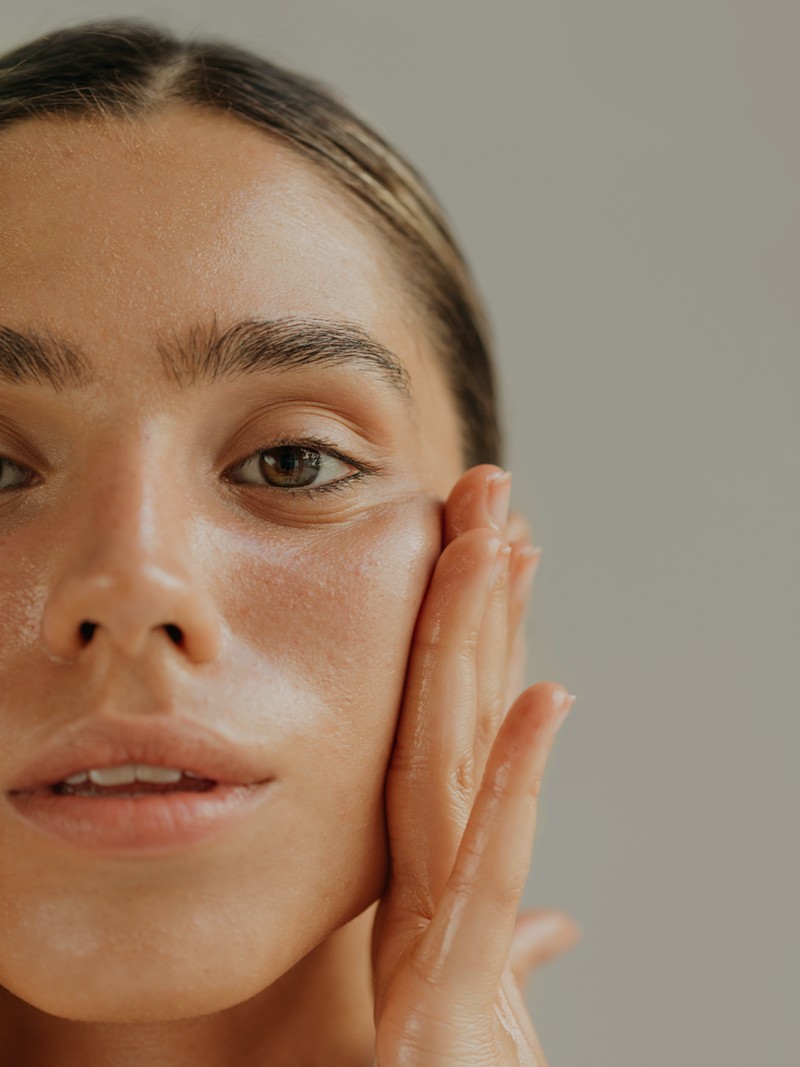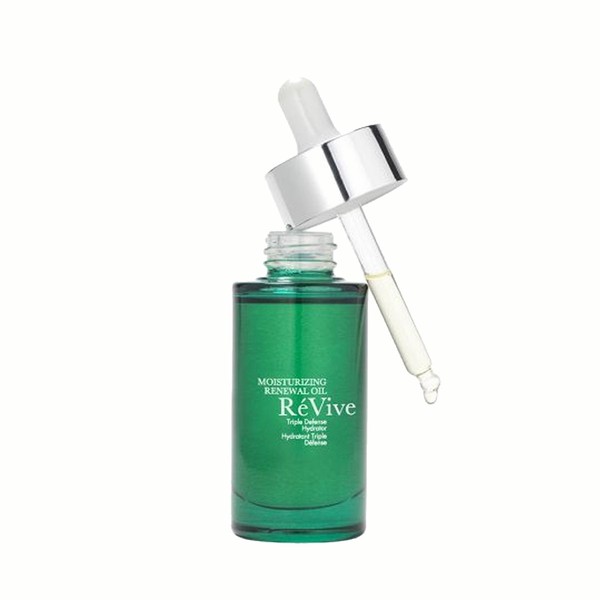8 Different Ways To Use A Facial Oil
Prep
“Most people think they should only use oils at night, but you can also apply a small amount before make-up to create a smooth, glowing base for your foundation. If you are using them for the skincare benefits, it pays to know which type of oil to use for your skin type. Typically, jojoba oil suits the widest range of skin types, as it closely resembles the skin's natural sebum. Rosehip oil is great for anti-aging and treating scars, while argan oil is hydrating and rich in vitamin E, so it works well for skin on the drier side. People with extremely oily skin might want to be cautious when using facial oils, as the extra oil could potentially exacerbate certain issues. However, many people with oily skin can still benefit from lightweight, non-comedogenic oils such as coconut oil. Tea tree oil is also ideal for acne-prone skin due to its antibacterial properties.” – Dr Radmila Lukian, dermatologist at Lucia Clinic
Massage
“Facial oils give you enough slip to move effortlessly around your facial contours with something like a gua sha. Doing this helps the oil absorb properly. You can also use your oil to open up your lymphatic system. Do this by applying the oil and then gliding your hands down to each side of your neck (and down towards the collarbone) six to eight times. Then, bend your index and middle finger making a scissor shape, pinch the chin and slide along the jaw to the ear lobe, repeating this motion six times. Follow up by using the palm of your hands cupped over the cheekbone, sweeping upwards and outwards towards your hairline. Finish by flattening your hands and smoothing each one over the forehead eight to ten times, then bring them down to the sides of your face and neck.” – Michaella Bolder, skincare & tanning expert
Cleanse
“If you’re using an oil, it should always be applied post-cleanse. This goes for any hydrating or anything that contains active ingredients – like serums – as they prepare your skin for anything else that follows. Whether you apply your facial oil before your moisturiser or after is a personal choice. Ideally, you apply oils after your water-based products to lock in anything applied afterwards. However, I do sometimes recommend using two to three drops of facial oil straight after your serum (before a moisturiser or mixed with) if your skin is feeling a bit lacklustre.” – Michaella
Nourish
“My favourite hack is to mix two drops of oil into your facial mask – or moisturiser – for an extra dose of hydration. I often add a couple of drops to my foundation for a dewier finish. On the nights I apply facial oil before bed, I really take the time to work it into my skin, always using deep pressure massage movements. Doing so relieves tension from your face, as well as boosting blood flow and aiding lymphatic drainage.” – Michaella
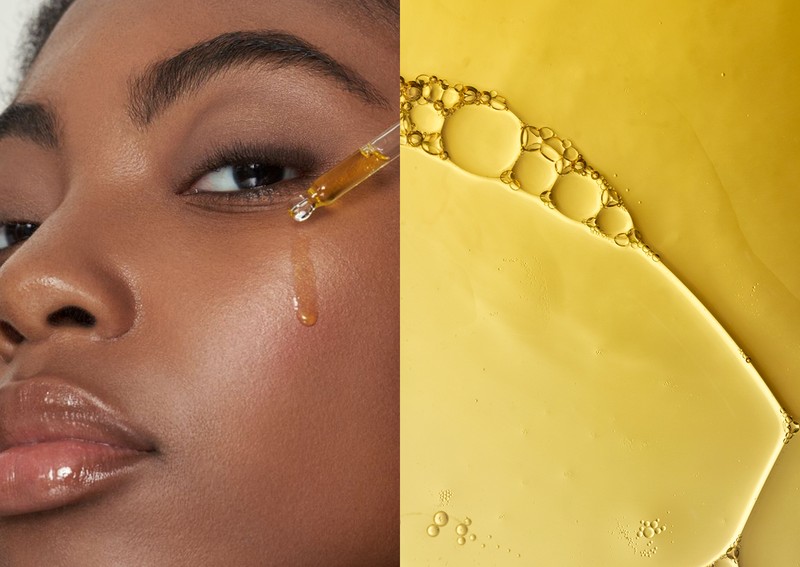
Revive
“A classic choice is to use a facial oil at night – it’s usually a time you may have a little more time to spend on facial massage too. This helps to calm and settle your skin tissue so that as you sleep, your cell rejuvenation is better placed to reset. Using an oil before you hit the pillow will also help replace any lost moisture, meaning you’ll wake up with skin that feels healthy and hydrated.” – Michealla
Double-Up
“While facial oils do what they say on the tin, there’s no reason why it can’t be used on other areas, too – such as the cuticles. Simply rub a drop of oil into your cuticles to keep them soft and healthy. You can also double up natural oils as a hair treatment or hair serum to add shine and manage any frizz or flyaways.” – Dr Radmila
Repair
“A strong skin barrier is to the foundation of a healthy-looking complexion. The barrier locks in moisture, helps nutrients absorb more effectively, and prevents external aggressors like pollution and bacteria from getting into the skin. Oils give the face an immediate smoothness and leave it feeling dewy, firm and glowing – not greasy. They are a perfect solution for refreshing your complexion throughout the day, too, so try to keep one on your desk and just gently tap it on when your skin needs a boost.” – Tata Harper, Founder of Tata Harper Skincare
Protect
“Facial oils have a superior ability to inhibit oxidative damage, which is why it might be worth using one in the morning underneath make-up. Free radical damage in the 21st century is sadly a thing – we can’t escape it – but we can help combat the signs with the application of face oils, which are naturally high in antioxidants. These antioxidants super charge the skin cells, reducing the loss of skin resilience and elasticity.” – Helena Chapman, co-founder of Rosalena Skincare
SHOP THE PRODUCT EDIT
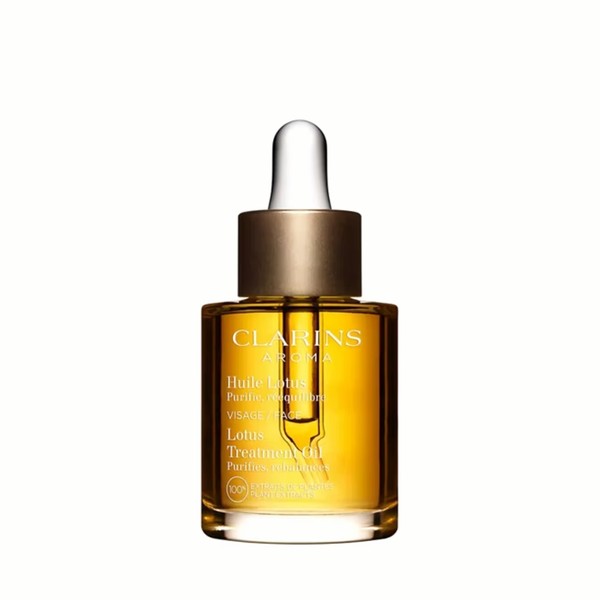
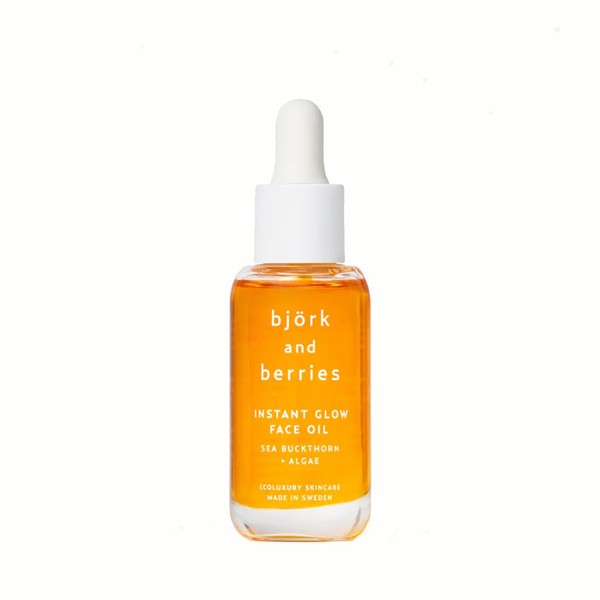
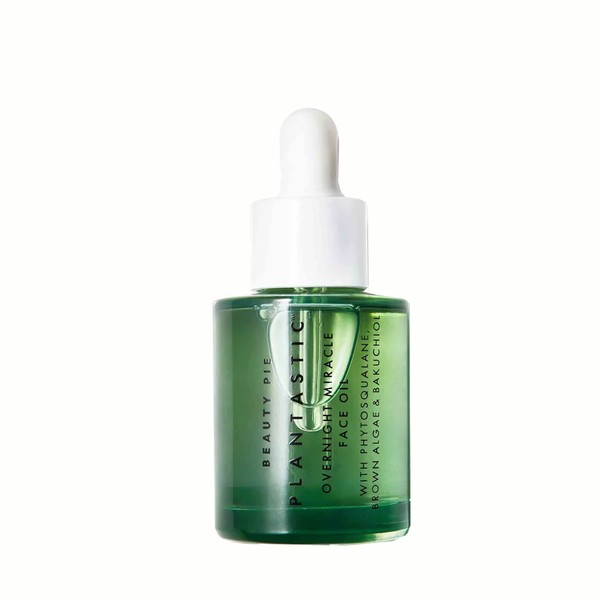
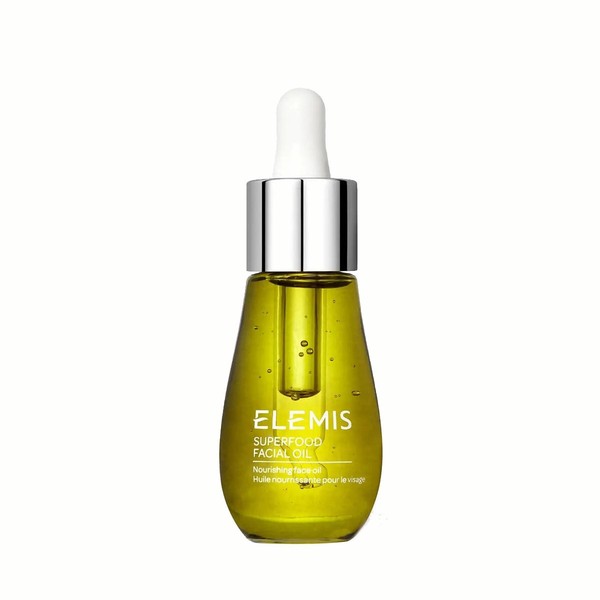
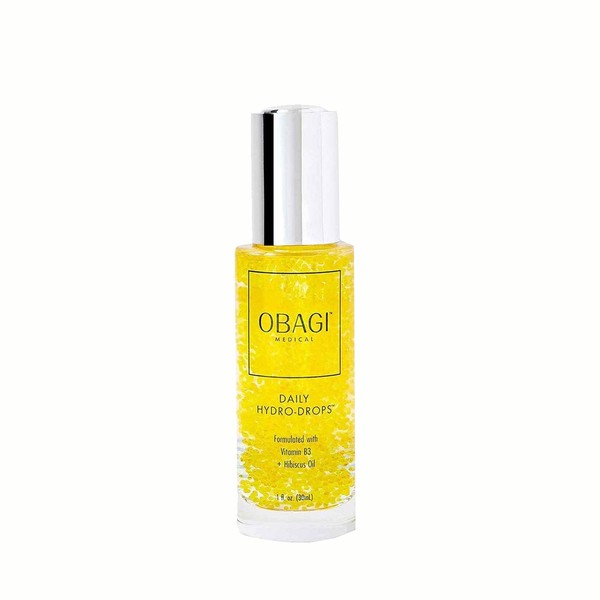
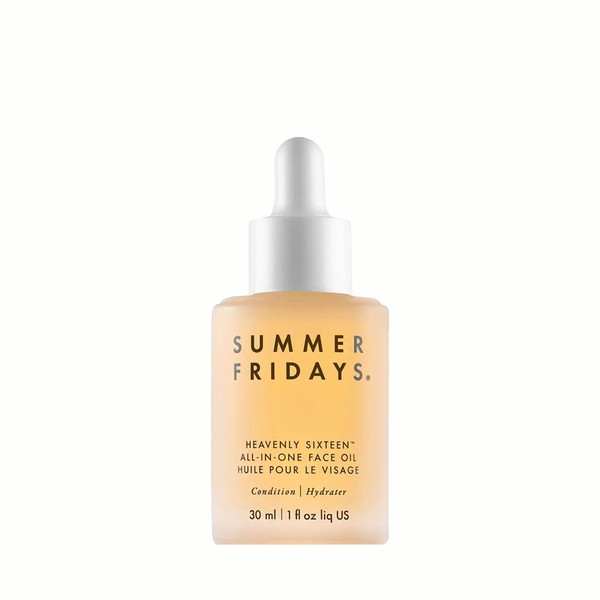
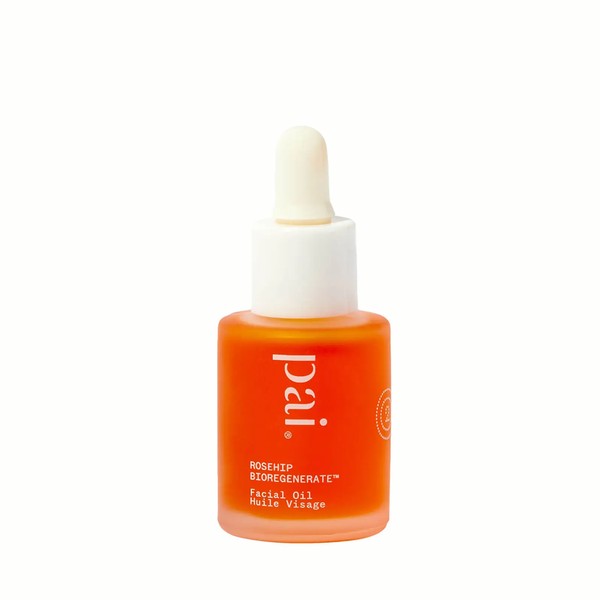
DISCLAIMER: We endeavour to always credit the correct original source of every image we use. If you think a credit may be incorrect, please contact us at info@sheerluxe.com.
